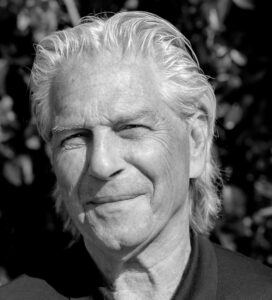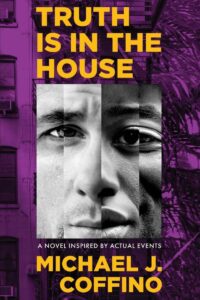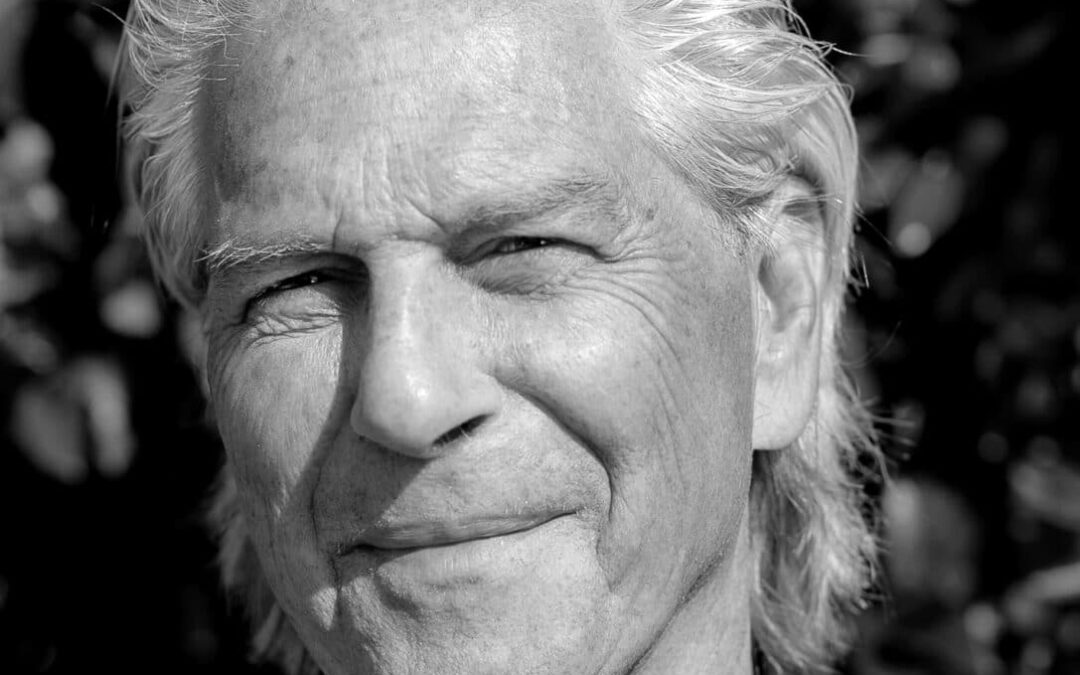
Michael Coffino has authored or co-authored nine books (memoir and sports) since 2015, after he downshifted from almost four decades as a trial attorney and twenty-five years as a high school basketball coach, two dynamic careers he pursued in parallel. He also was a legal writing coach while practicing law. He still dabbles in the law and has a private investigation business as well, but mostly devotes himself to writing. Michael grew up in the Bronx, in its Mott Haven and Highbridge neighborhoods. He served in the US Army from 1968 to 1970 and earned a BS in education from the City University of New York and a JD from the University of California, Berkeley, School of Law. Michael plays guitar, holds a black belt in karate, is a workout junkie, plays pickle ball, and hikes regularly in the hills and mountains of California and Colorado. Truth Is in the House is his debut work of fiction.

As a young boy in the late 1950s, Jimmy O’Farrell emigrates with his family from Ireland to Manhattan to bask in the dawn of a new life. Thousands of miles away, the family of Jaylen Jackson seeks to build a life amid Jim Crow culture in Mississippi. As teenagers, both boys struggle to come of age in a racially divisive world, suffering horrific tragedies that shape their characters and life missions. Jimmy seeks to define what it means to stand for someone when the chips are down, while Jaylen embarks on a journey to gain respect beyond the color of his skin.
Fleeing the past, both families land in neighboring Bronx communities in the 1960s, where Jimmy and Jaylen’s lives first intersect, on the basketball courts and then in the Vietnam jungle. Repeatedly tested as men of different races, their friendship faces its toughest challenge outside a Bronx bar-with fatal consequences. Truth Is in the House is an epic and provocative tale that plumbs historical and modern racial themes and explores redemption, forgiveness, and the power of connecting through the human spirit.
- What was the process like to write your book, Truth Is in the House? Why tell this story?
Answer: I set out to write a work of fiction that celebrated my Bronx upbringing. I thrived growing up in the Bronx and remained proud of how we kids built a subculture removed from the clutches of institutions like school, church, and family. My plan was to collect anecdotes from childhood friends and build from there.
But the first interviews I did propelled me down a different path after learning of a twin-homicide from a racial confrontation in a local neighborhood bar. I was in the military at the time, and when I got discharged, my family had moved elsewhere in the Bronx. It took fifty years for me to learn of that awful event, which claimed the lives of two boys I knew growing up. I drilled down on what happened, and when I learned of another (albeit unconnected) race-infused tragedy in a different neighborhood not far away, I began to explore a narrative about race, creating two main characters, one white and one black, as vehicles.
The process then evolved organically. I interviewed about thirty people and absorbed countless books, videos, and documentaries. I didn’t want readers to experience belief suspension. I wanted authenticity to shape the story. Step by step, I took a variety of actual events, virtually none of which were connected, as well as scenes I created whole cloth, and weaved them into a single fictionalized narrative that reflected the nation’s historical times.
- When writing, what is one major challenge or creative blockage you deal with?
Answer: While I have a relatively reliable and consistent routine, my writing challenges tend this way: knowing when the juiciest writing moment exists on any given day, knowing when to stop writing because my concentration has begun to wane, and knowing when something I’ve written, while satisfactory, isn’t quite there yet, as a little person on my shoulder begs, “Don’t move on, it’s not ready.” In all instances, for me, the barometer is being honest about myself. For sure, instinct counts too. The more we write, the better our internal GPS about the process. And, of course, deadlines can overshadow the natural creative flow. But those pesky infiltrators aside, it reduces to aligning output with the internal power to create.
- As a writer, it may be hard to seek inspiration. Where, when, or how do you get yours?
Answer: My best ideas—or what I presume are my best ideas—land when my mind is in its most uncluttered state, when I am not “trying.” Those moments generally come when I’m hiking, driving alone, watching a film, or reading books, situations where my concentration is away from writing. A number of scenes in Truth Is in the House, for example, came to me literally on the hiking trail and even in the wee hours when I should be in deep slumber. Some may call it mindfulness. Regardless, I find my musings are more fertile when I’m not seeking but rather am found.
- Readers may take several concepts or perspectives away from your book. Which one do you feel is most important?
Answer: That no matter how much work and time are needed to effect racial change through fundamental structural transformations, we each can do our part by embracing the power of human connection with people we meet in whatever context we meet them. In the realm of race, on a personal level, indifference is our greatest impediment. Empathic connection breaks down barriers and opens us to meaningful, personal, and relational growth in our daily lives. That is not a fix for the world—far from it. But it is something within each of our personal grasps. My hope is that Truth Is in the House engenders a deep well of self-introspection. By understanding ourselves better, and coming to grips with our unconscious biases and perceptions, we can begin to bridge the racial divides in our daily lives and relationships.
- What types of stories do you like to tell and why?
Answer: I revere the art of storytelling. In fiction, I cherish the freedom to take characters where I want and tell the stories that mean something to me, and, in the process, entertain and emotionally impact readers. In non-fiction, where I ghostwrite memoir, I love the challenge of telling the stories clients want told, in the way they want them told, in their voices, and where in the process readers can see their own lives and wonder.
- Imagine you are a writing professor. What would your first lecture be about?
Answer: I might open with carefully constructed exercises that demonstrate how each student has the ability and power to change the world through their written words and creative stylings. That their voice matters—and is needed. That their opinions, ideas, perspectives, experiences, and idiosyncrasies can galvanize creative narratives that engage and engulf readers, cause them to step back and look inward, and be entertained in the process. And that there is no better time to get rolling than now.
- Borrowing from Sophia Bush’s podcast Work in Progress, what is one thing that is a work in progress in your life?
Answer: Ha, well that is easy. Me. I am in my third career. I spent four decades as a trial attorney, twenty-five years in parallel as a basketball coach, and now am happily ensconced in a writing and editing career. I think we are innately incapable, as a species, of fulfilling potential, for the simple reason that human potential is elastic and boundless. We will never stop learning—if we so choose—never stop evolving emotionally—if we want—and never become complete—no matter how much we try. There is always another challenge, another path to take, another joy to bask in. It is a gloriously capacious menu of life goodies. And, so, for me, “work in progress” and “life,” as the question goes, are redundant. Life by definition means a work in progress.
For more from Michael Coffino, visit his website here.
Check out his book here.

